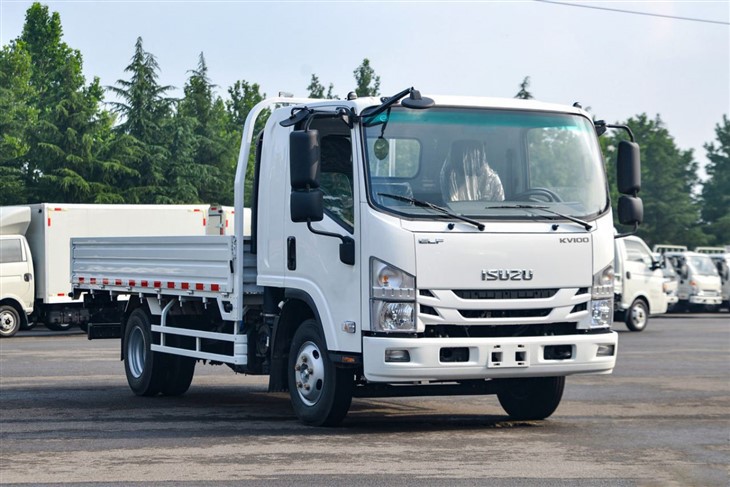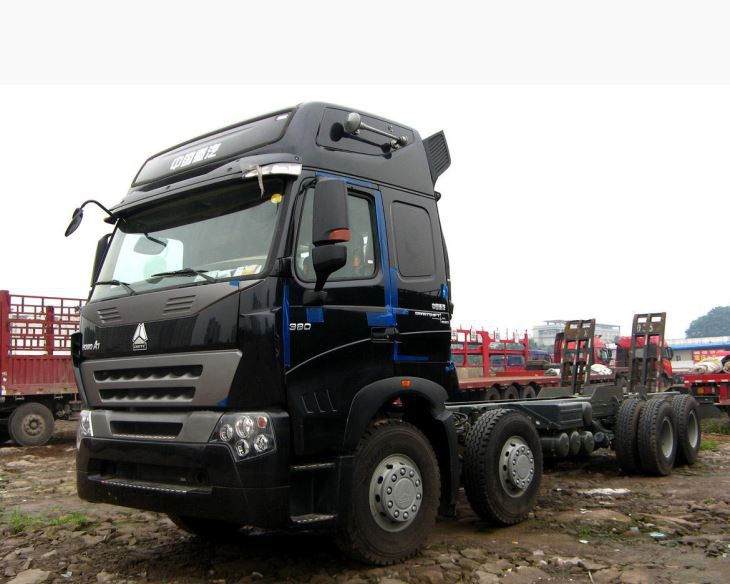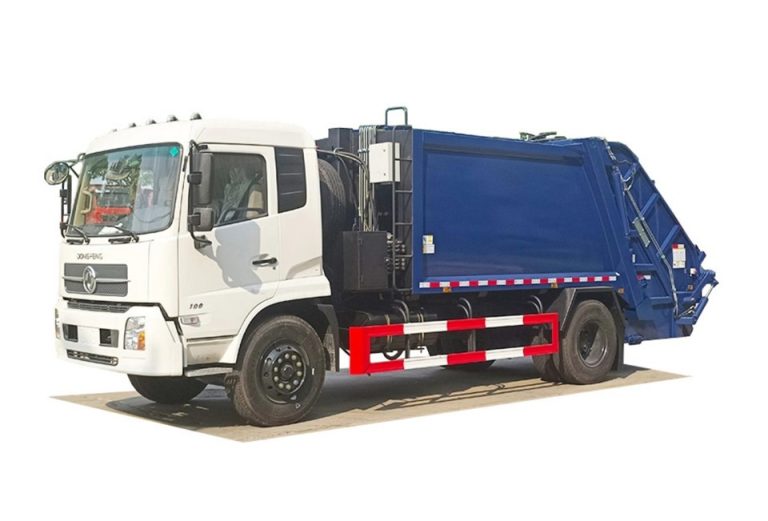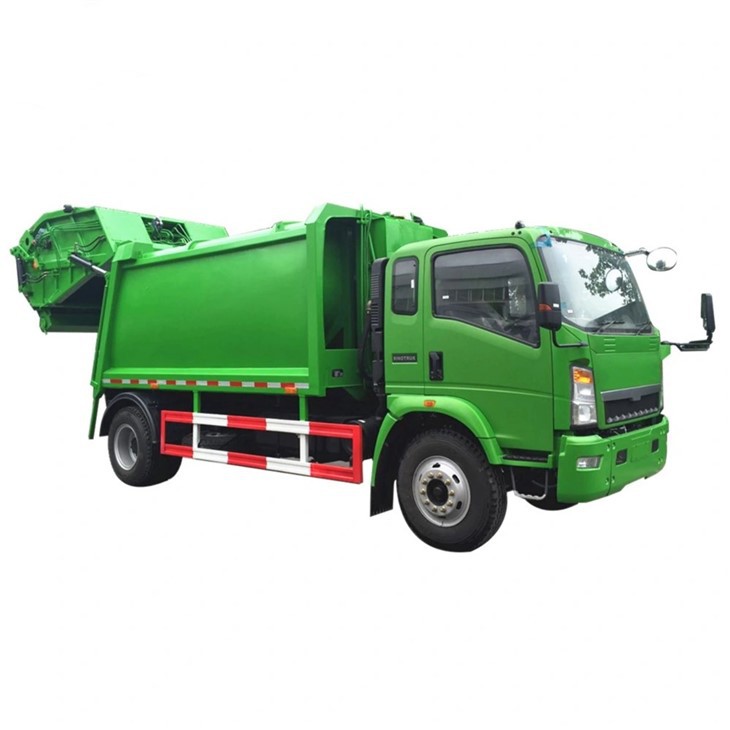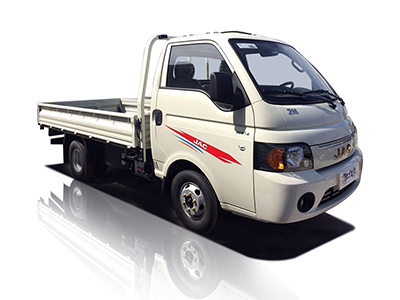Low bed lorries are an essential piece of equipment in the transportation and logistics industry. Designed for transporting heavy and oversized loads, they come with specific features making them distinct from regular trucks. In this article, we will delve deep into the world of low bed lorries, covering types, benefits, applications, and much more.
What is a Low Bed Lorry?
A low bed lorry, sometimes referred to as a low loader, is a flatbed trailer with a low profile design. This unique structure allows for the transportation of heavy machinery, equipment, and oversized goods that cannot be moved with standard vehicles. The main feature of a low bed lorry is its ability to lower its deck height, which helps in keeping the center of gravity low and improves stability during transportation.
Key Features of Low Bed Lorries
1. Low Deck Height
The primary characteristic that differentiates low bed lorries from other trucks is their low deck height. This design minimizes the height of the load being transported, making it easier to pass under bridges and power lines.
2. Modular Design
Many low bed lorries come with a modular design, allowing various attachments and extensions to accommodate different load sizes and weights. This versatility is crucial in various applications, from construction to agricultural transport.
3. Strong and Durable Build
Low bed lorries are constructed from high-strength materials to handle the heavy loads they carry. Reinforced frames and a robust chassis ensure the lorry can withstand significant stress during transit.
4. Advanced Suspension Systems
Equipped with advanced suspension systems, low bed lorries absorb shocks and vibrations from the road, protecting both the load and the vehicle. This feature enhances stability, particularly with heavy and oversized items.
5. Optional Support Equipment
Low bed lorries can be outfitted with additional equipment, such as ramps, winches, and securing systems, enhancing their functionality and safety.
Types of Low Bed Lorries
1. Fixed Neck Low Bed Lorry
This type features a fixed neck and is designed for standard loads. They are ideal for transporting heavy equipment but are somewhat limited in flexibility.
2. Detachable Neck Low Bed Lorry
With a detachable neck, these lorries are more versatile. They allow for easier loading and unloading of oversized machinery without requiring additional lifting equipment.
3. Extendable Low Bed Lorry
These lorries can be extended to accommodate various sizes of loads, making them suitable for transporting longer items such as construction materials and large machinery.
4. Multi-Axle Low Bed Lorry
Multi-axle designs distribute weight more evenly, allowing for increased load capacity while maintaining stability during transit. This type is often necessary for transporting exceptionally heavy items.
Applications of Low Bed Lorries
1. Construction Industry
In the construction sector, low bed lorries are used to transport heavy machinery like excavators, bulldozers, and cranes. Their low profile makes them indispensable for navigating construction sites and urban areas.
2. Agricultural Transport
Farm equipment, such as tractors and harvesters, can be easily moved using low bed lorries. Their ability to handle heavy loads and oversized dimensions is vital for agriculture.
3. Mining Operations
Mining companies rely on low bed lorries for transporting heavy mining equipment. The stability and safety features of these lorries are crucial for operating within a mining environment.
4. Heavy Haulage
The heavy haulage industry frequently uses low bed lorries to transport large industrial equipment and materials, particularly over long distances.
5. Event Setup
Low bed lorries can also serve the event industry by transporting oversized structures for concerts, exhibitions, and festivals.
Choosing the Right Low Bed Lorry
When selecting a low bed lorry, several factors must be considered to ensure it meets your specific transport needs.
1. Load Capacity
Understand the weight and size of the loads you will be transporting. Ensure the lorry has the appropriate load capacity and deck dimensions.
2. Type of Load
Different types of loads may require specific types of low bed lorries. For instance, use a detachable neck lorry for oversized items, whereas a fixed neck may suffice for standard heavy loads.
3. Transport Routes
Evaluate the routes where the lorry will be used. If the route includes narrow roads and low bridges, a low profile will be essential.
4. Durability and Maintenance
Assess the build quality of the lorry and budget for maintenance costs. A well-built lorry may cost more upfront but can lead to lower maintenance over time.
5. Compliance with Regulations
Ensure that the low bed lorry complies with local transport regulations, particularly concerning load dimensions and weights.
Safety Considerations for Low Bed Lorry Transport
1. Proper Load Securing
Secure loads tightly using straps or chains to prevent shifting during transit. This practice is critical for maintaining safety on the road.
2. Regular Inspections
Conduct routine checks on the lorry, including the brakes, lights, and tires. Regular maintenance ensures the vehicle remains in good operating condition.
3. Load Distribution
Ensure a balanced load distribution across the lorry’s axles. Uneven distribution can lead to instability and increase the risk of accidents.
4. Proper Training for Operators
Operators should be adequately trained not only in driving but also in safely loading and unloading the vehicles. This training is vital for preventing accidents.
Cost Considerations in Low Bed Lorry Operations
1. Purchase Price
The initial cost of a low bed lorry can vary considerably based on the type, brand, and features. Budget accordingly and explore both new and used options.
2. Operating Costs
Consider fuel efficiency, maintenance, and insurance costs. These factors will significantly impact the overall operating expenses of a low bed lorry.
3. Licensing and Registration Fees
Ensure you are aware of any necessary licensing and registration fees required for heavy vehicles in your jurisdiction.
4. Payload Fees
Understand potential tolls and payload fees that might apply, particularly when transporting heavy loads across different regions.
Future Trends in Low Bed Lorry Technology
1. Electric Low Bed Lorries
With the push towards sustainability, electric low bed lorries are emerging, offering reduced emissions and lower operating costs in the long term.
2. Advanced Safety Features
Technological advancements are introducing features like collision avoidance systems and advanced braking systems for increased safety during transport.
3. Automation and Telemetry
Automation is set to revolutionize how low bed lorries operate, with features such as self-driving capabilities and real-time telemetry for load monitoring and vehicle diagnostics.
4. Lightweight Materials
The use of lightweight yet durable materials will enhance fuel efficiency and load capacity, thereby improving the economic viability of low bed lorry operations.
Frequently Asked Questions (FAQs)
1. What is the maximum load capacity for a low bed lorry?
The maximum load capacity varies by model but typically ranges from 30 tons to over 100 tons for specialized low bed lorries.
2. Can low bed lorries be used for shipping international cargo?
Yes, low bed lorries can be utilized for international shipping, but understanding customs regulations and weight limits for each country is crucial.
3. How do I ensure my load is properly secured?
Use high-quality securing equipment such as chains, ratchet straps, or tarps, and regularly check the load throughout your journey.
4. Are low bed lorries suitable for all terrains?
While designed for stability, low bed lorries may not perform well in extremely rough terrains. It’s advisable to evaluate your transport route beforehand.
5. What are the insurance requirements for low bed lorries?
Insurance requirements may vary by location but typically include liability insurance and may require additional coverage for the cargo being transported.
6. How often should low bed lorries be serviced?
Regular maintenance is key. Check brakes, suspension, and lights every few months, and perform a comprehensive service annually or as per usage requirements.

